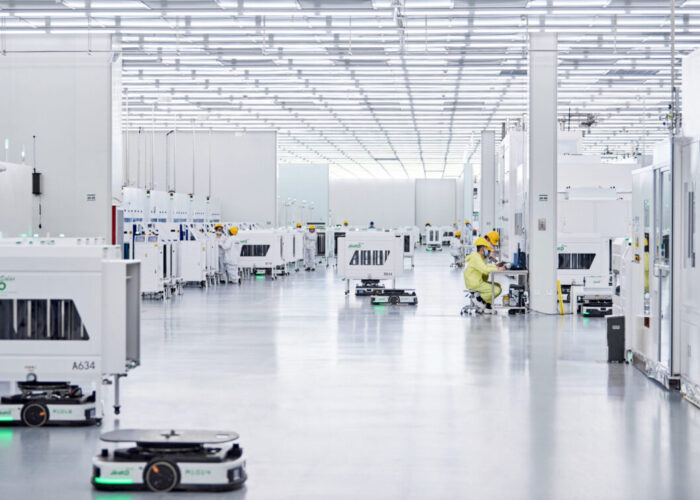
On 27 December 2022, Tongwei Solar announced the latest cell prices on its website. 182mm and 210mm mono PERC cells were quoted at RMB1.07/W (US$0.157) and RMB1.06/W (US$0.156), respectively, 19.5% and 20.3% lower than those reported on 25 October.
It has been reported that there are currently cells traded at RMB0.7 (US$0.103) per piece. InfoLink and other third parties have also quoted significantly lower than Tongwei’s latest quotation. In fact, the decline in cell prices has surpassed that of silicon prices.
Unlock unlimited access for 12 whole months of distinctive global analysis
Photovoltaics International is now included.
- Regular insight and analysis of the industry’s biggest developments
- In-depth interviews with the industry’s leading figures
- Unlimited digital access to the PV Tech Power journal catalogue
- Unlimited digital access to the Photovoltaics International journal catalogue
- Access to more than 1,000 technical papers
- Discounts on Solar Media’s portfolio of events, in-person and virtual
“When the cell is RMB0.7 per piece, the module may reach RMB1.3/W. If the current trend persists, module prices will actually be RMB1.3/W after the spring festival,” said a solar power plant developer.
“After Tongwei announced that its cell price fell by RMB0.26 per piece to RMB1.06 per piece, now you can find cells sold at RMB0.7 per piece in the market. At first, my jaw dropped but now I think it won’t be a rare thing after the spring festival holidays.”
As of 4 January, InfoLink quotations show that the trading prices of M10 and G12 cells were RMB0.78-0.82/W and RMB0.78-0.85/W, respectively.
Silicon prices decline by more than 40%
After four months, the Silicon Industry Branch of the China Non-Ferrous Metal Industry Association has resumed its statistics on polysilicon prices, with the latest data showing that polysilicon prices have fallen by more than 40% from last year’s peak.
As for the reasons for the continuous decline of silicon prices, the Silicon Industry Branch said that previously wafer enterprises maintained seven to 10 days of high inventory and could flexibly adjust their operating rate. Therefore, the actual demand and expectation for silicon material weakened significantly. At the same time, silicon material companies continued to release new capacities and expand their production.
The prominent oversupply in the market forced some companies with large potential inventory pressure to seal deals with lower prices, leading to the recent sharp decline in the overall silicon prices.
However, the Silicon Industry Branch also pointed out that last week’s transactions in the silicon market were relatively flat despite the price cut. There were about two or three companies with actual orders signed, and most of the upstream and downstream first-tier enterprises are speculating in a stalemate, mainly because the price decline scale and speed are much higher than expected.
According to the statistics of the Silicon Industry Branch, China’s 2022 annual polysilicon output was about 811,000 tons, a year-on-year increase of 65.5%, while December’s polysilicon production was about 96,700 tons, a rise of 7.4% month-on-month.
Will module pricing follow upstream declines?
At present, the downward pricing trend in the upstream has been transmitted to wafer and cell prices and extended to modules.
In addition, affected by the upcoming lunar new year and other factors, demand in China will decline in January, with predictions that there is still room for further price cut in the industrial chain.
How do big module manufacturers view this round of silicon price cuts? Will the module prices follow suit? Recently, JinkoSolar’s chairman, Xiande Li, said in his new year speech: “The module price is not likely to fall when silicon material price goes down. Or to say, it doesn’t react that quickly, as it doesn’t need to react as quickly.”
He added: “The performance of the current n-type TOPCon products is totally worth its price.”






